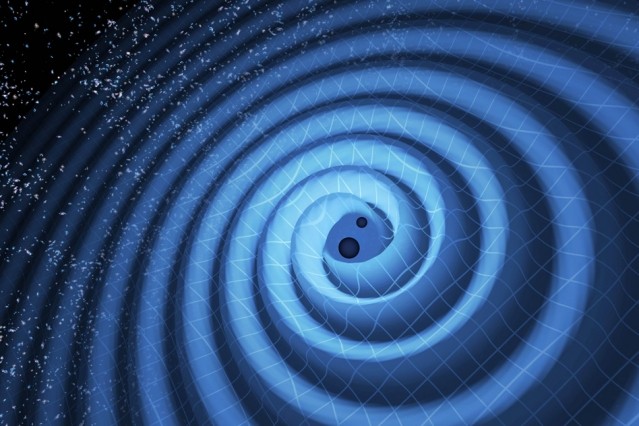Tjonnie Li, the only Hong Kong scientist to take part in the landmark discovery of gravitational waves, said that more breakthroughs can be expected in the field.
On Thursday, physicists confirmed that gravitational waves had been detected for the second time around at the Laser Interferometer Gravitational-Wave Observatory (LIGO).
"For the second time, scientists have directly detected gravitational waves--ripples through the fabric of space-time, created by extreme, cataclysmic events in the distant universe," the Massachusetts Institute of Technology (MIT) said in a news release.
"The team has determined that the incredibly faint ripple that eventually reached Earth was produced by two black holes colliding at half the speed of light, 1.4 billion light years away."
In a report by Xinhua, Hong Kong's Li said that the discovery has led to a new age in astronomy.
"I believe there will be more breakthrough discoveries down the road," Li was quoted as saying by the state-owned news agency.
Li is a physics professor at the Chinese University of Hong Kong. Since 2009, he has been involved in the LIGO Scientific Collaboration.
"The detection of gravitational waves is not a once-in-a-lifetime occurrence, but instead is something that physicists can look forward to seeing frequently in the future," Li said.
LIGO's first detection of gravitational waves was announced on Feb. 11. According to the MIT, the second detection was "far subtler, [and generated] a shallower waveform" compared to the first.
Gravitational waves were first theorized by Albert Einstein more than 100 years ago. The discovery is a milestone in science as it confirms Einstein's theory of relativity.
"The first event was so beautiful that we almost couldn't believe it," Salvatore Vitale, an MIT researcher and a LIGO member, said in a statement. "Now, the fact of having seen another gravitational wave proves that indeed we are observing a population of binary black holes in the universe. We know we'll see many of these frequently enough to make interesting science out of them."



























